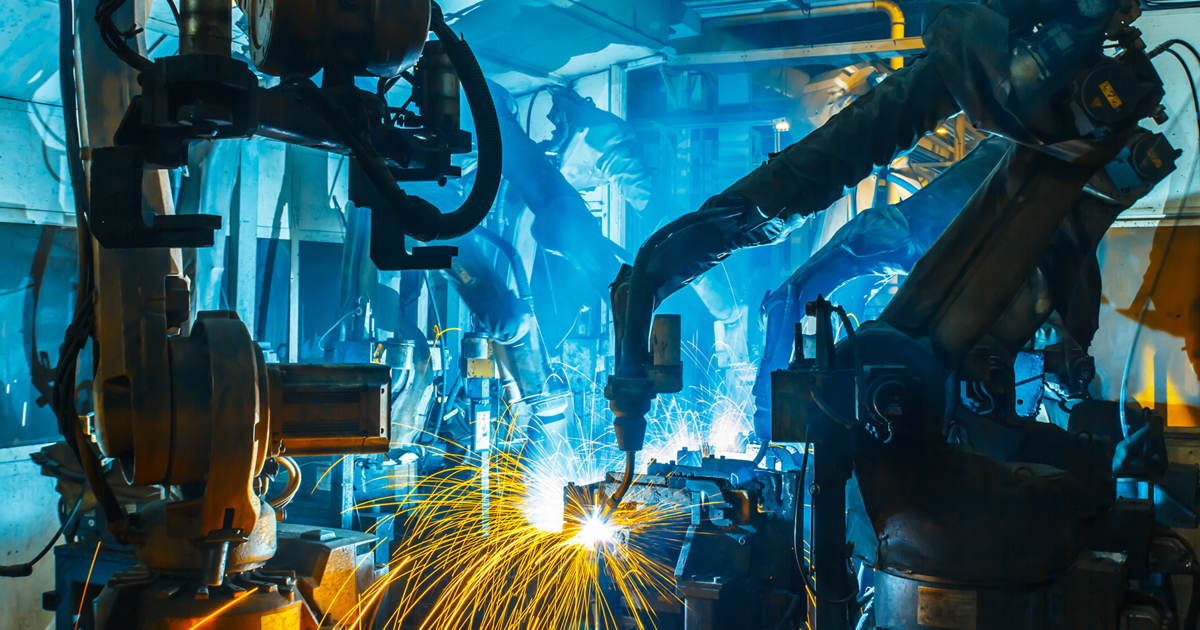Welding Robots: Are They Replacing Workers
In the ever-evolving landscape of manufacturing and industrial automation, welding robots have emerged as a prominent technological advancement. These robots have the potential to revolutionize the welding industry, offering increased efficiency, precision, and consistency in welding processes. However, this technological leap has also raised concerns about the potential displacement of human workers. In this blog, we will explore the impact of welding robots on the workforce and whether they are truly replacing human workers or simply transforming the industry.
The Rise of Welding Robots
Welding robots are automated machines designed to perform welding tasks with high precision and speed. They are equipped with advanced sensors, cameras, and programming that allow them to carry out complex welding operations, including arc welding, spot welding, and more. The adoption of welding robots has been driven by several factors:
- Precision and Consistency: Welding robots can consistently produce high-quality welds, reducing errors and rework. This leads to cost savings and improved product quality.
- Increased Productivity: Robots can work continuously without breaks, leading to increased productivity and shorter production times.
- Safety: Robots can handle dangerous welding tasks, such as those involving toxic fumes, extreme heat, or confined spaces, without putting human workers at risk.
- Labor Shortages: Many industries, including welding, face shortages of skilled labor. Welding robots can help bridge this gap.
The Impact on Jobs
The widespread adoption of welding robots has led to concerns about the displacement of human workers in the welding industry. While it is true that some routine welding jobs may be automated, the impact on employment is more nuanced than simply replacing humans with robots.
- Transformation, Not Replacement: Welding robots are often integrated into existing production lines, working alongside human welders. Rather than replacing workers, they complement their skills and increase overall productivity.
- Skilled Labor Demand: While welding robots can handle repetitive tasks, they still require skilled technicians to program, operate, and maintain them. As a result, there is a growing demand for workers with expertise in robotics and automation.
- Job Shifts: Automation can lead to job shifts within the industry. Workers may transition to roles that involve robot programming, maintenance, quality control, and process optimization.
- New Opportunities: The adoption of welding robots has opened up new opportunities for workers to develop advanced skills in robotics, artificial intelligence, and data analysis, positioning them for higher-paying jobs.
Conclusion
Welding robots have undoubtedly transformed the welding industry, offering improved efficiency, precision, and safety. However, the fear of widespread job displacement is largely unfounded. Instead of replacing human workers, welding robots are reshaping the industry and creating new job opportunities.
The key to a successful future in the welding industry lies in adaptability and skill development. Workers who embrace automation and acquire expertise in robotics will be well-positioned to thrive in this evolving landscape. As technology continues to advance, it is crucial for both workers and employers to find ways to harness the benefits of welding robots while ensuring that the workforce remains agile and resilient in the face of change.
In conclusion, welding robots are not replacing workers but are rather transforming the industry and the nature of work within it. The future of welding is one where humans and robots collaborate to achieve higher levels of productivity and quality, ensuring the continued growth and competitiveness of the welding sector.

